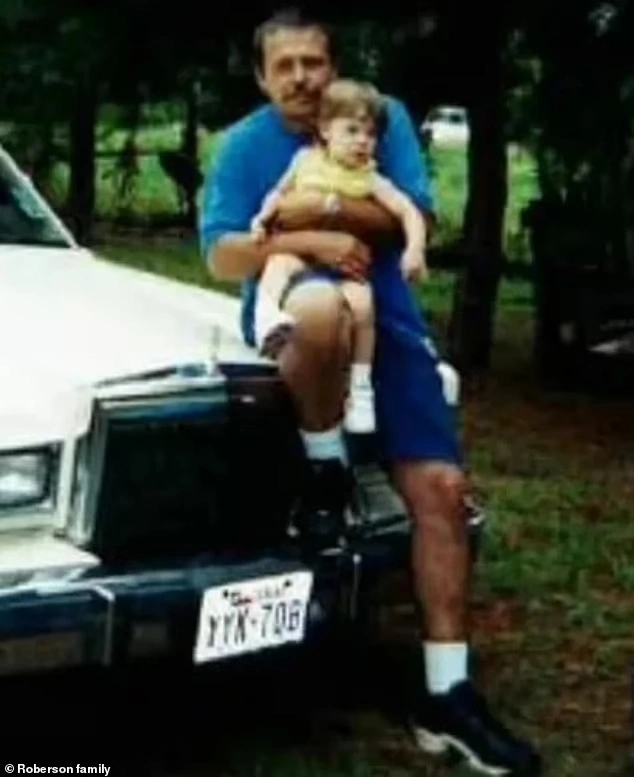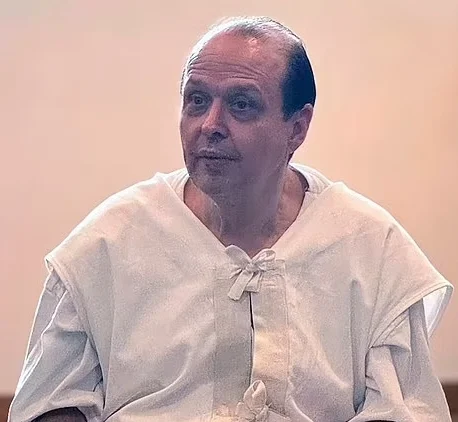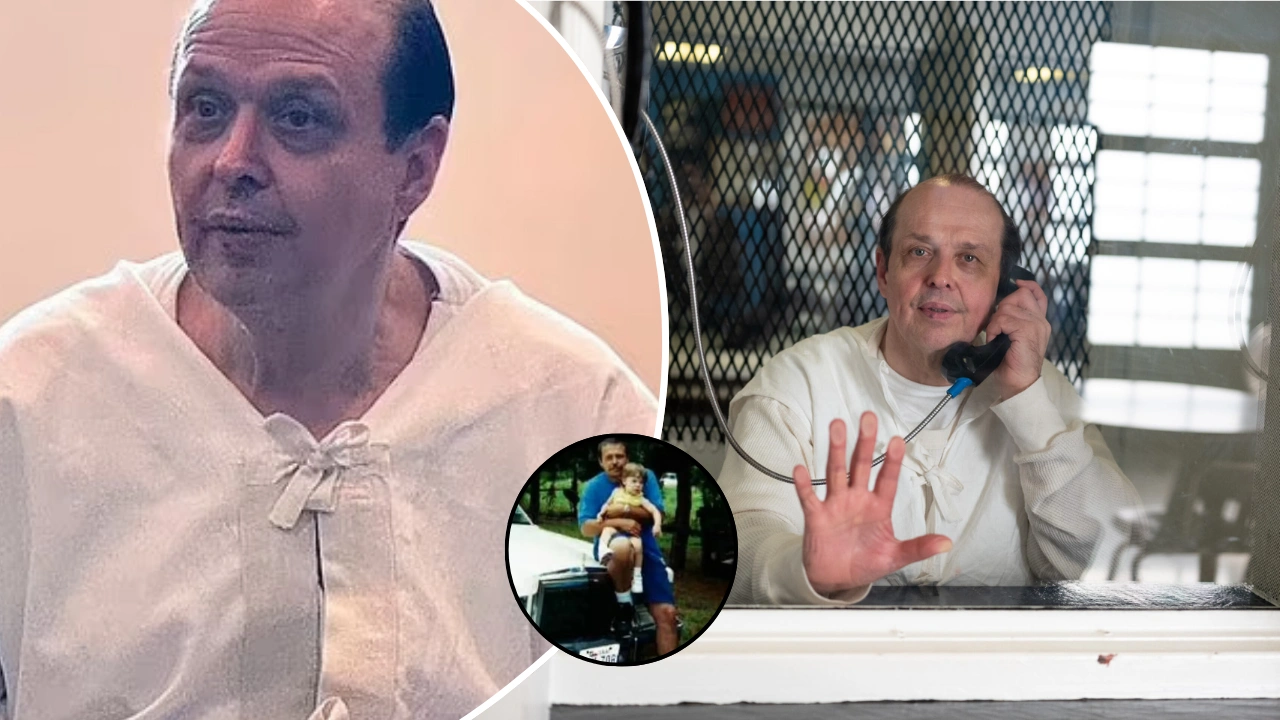The Texas Board of Pardons and Paroles has unanimously rejected Robert Roberson’s clemency request just one day before his scheduled execution.
If carried out in Huntsville on Thursday, Roberson would become the first individual in the United States to face execution in a case related to shaken baby syndrome. His situation has garnered significant national attention, with advocates and politicians from both sides of the political spectrum urging for an additional 30 days to examine new evidence that could impact the case.
Reupping our coverage of Robert Roberson's case as hope for mercy fades:
— Ryan Chandler (@RyanChandlerTV) October 16, 2024
"Every Texan should be alarmed," his lawyer Gretchen Sween told us. "This is careening forward in our name as somehow the product of justice when in fact it's an emblem of how things can go terribly wrong." pic.twitter.com/1vOey2eXTQ
Who is Robert Roberson?
Roberson has spent two decades on death row, which is nearly ten years longer than the typical timeframe for such cases. His last option, according to state law, was to seek clemency from the Texas Board of Pardons and Paroles, a request that was unanimously denied on Wednesday.
Now, the responsibility for deciding whether to delay the execution falls to Governor Greg Abbott. Although Abbott has the authority to grant a 30-day reprieve at the last moment, he has a history of rarely intervening in such cases, usually reserving action for less severe offenses. The U.S. Supreme Court could also potentially step in to halt the execution, but such interventions are uncommon.

Roberson was convicted in 2003 of abusing and murdering his 2-year-old daughter—a crime that some argue may not have occurred. At the time of her death, medical personnel attributed her condition to abuse and shaken baby syndrome. However, Roberson’s defense team contends that his daughter succumbed to undiagnosed medical issues, an accidental fall, and mistakes made by healthcare providers. In contrast, prosecutors assert that her injuries were the result of actions taken by her father.
The #Texas Board of Pardons & Paroles has voted to NOT recommend clemency for #RobertRoberson. Efforts continue in the courts, but… Register now for the Live Virtual Vigil starting at 5pm CDT at https://t.co/C7rBGOF4QS #StopExecutions https://t.co/GZZ4slg5Go
— Death Penalty Action (@DeathPenaltyAct) October 16, 2024
Advocates Demand Justice for Cases Influenced by Controversial Diagnosis
Eighty-six Texas lawmakers, along with numerous nonprofits, activists, and former judges and attorneys, have rallied in support of Roberson’s claims of innocence. This renewed advocacy is largely centered on scrutinizing the scientific validity of shaken baby syndrome.

Shaken baby syndrome, currently referred to as abusive head trauma, describes a brain injury that occurs when an infant or toddler is violently shaken, often as a result of abuse. Critics argue that the diagnosis can be misleading and that other medical conditions could account for the symptoms typically associated with it.
This skepticism has fueled calls for a reevaluation of cases like Roberson’s, where the diagnosis played a pivotal role in the prosecution.
@ IM_Crit_ @adamdavidthomas @Crit_Care @nickmmark @PulmCrit This is a screen grab from a KTLV report on Texan Robert Roberson due to be executed tomorrow for the "Shaken Baby Syndrome" murder of his 2yo daughter described as "chronically ill" and "chronic pneumonia" @ 20 yrs ago. pic.twitter.com/qBTbt1fPSq
— Barky McBarkerson (@maxtot23) October 16, 2024
Clemency Denial Sparks Calls for Reevaluation of Evidence
Roberson’s legal team is referencing the case of Andrew Roark, a Dallas County man who was convicted in a shaken baby case back in 2000. The Texas Court of Criminal Appeals later granted Roark a new trial under the Junk Science Law, which allows courts to reassess a case if the scientific evidence that contributed to a conviction is deemed unreliable.
In response to the denial of Roberson’s clemency request, his attorney, Gretchen Sween, released a statement expressing disappointment and emphasizing the need for a thorough review of the evidence. Sween’s statement highlighted the ongoing debate surrounding the validity of shaken baby syndrome as a diagnosis, reinforcing the argument that Roberson’s case warrants additional scrutiny.
#BREAKING: The Texas Board of Pardons and Paroles has declined to recommend clemency to Robert Roberson, a man on death row for a crime many advocates, Republican and Democrat, say he did not commit.
— Michael Adkison (@madkisonews) October 16, 2024
He is scheduled to be executed tomorrow night. pic.twitter.com/J1RlHPuB0P

